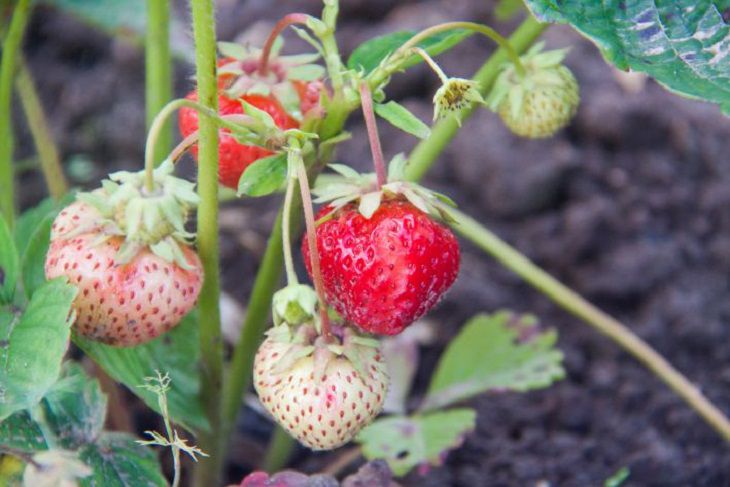It often happens that the expected strawberry harvest is very disappointing due to mistakes made by the gardener when caring for the plant.
Of course, the problem may be in the unsuccessful variety, but still, as practice shows, the small number of berries, often flavorless and tasteless, is influenced by mistakes in cultivation.
Anastasia Kovrizhnykh , an expert of the online publication BelNovosti, agronomist and landscape designer, spoke about what should be avoided if you want to get a good harvest of tasty juicy berries.

Timely disclosure
It is recommended to remove the mulch immediately after the snow melts.
Remember: for strawberries, damping off is more dangerous than freezing.
We do not allow overflow
We water the plant frequently and in large quantities in the spring – during the period of active growth and flowering.
But by the time the berries are filling and ripening, on the contrary, we water the strawberries minimally, since their need for moisture is significantly reduced.
If you continue to water abundantly during this period, you will get watery, tasteless berries. And often the berries are completely rotten.
Important: after you have collected all the crop and mowed the leaves, water the strawberries generously again. However, a little less generously than in the spring.
Don't overdo it with nitrogen
If your fertilizer contains a lot of nitrogen, you risk getting lots of leaves and only a few small, loose berries.
Therefore, experts recommend paying close attention to what kind of fertilizer you are going to give to the plant.
It is worth remembering: strawberries need nitrogen in early spring, and during the flowering period and after fruiting - a mineral complex with microelements.
At the end of summer/beginning of autumn, strawberries should be “treated” with phosphorus and potassium.
And one more thing: it is recommended to remove the runners in a timely manner, and the best time to trim the leaves is the moment when fruiting ends.
Formation of flower buds
The process starts approximately 20 days after fruiting has completed.
Previously, we talked about three important steps in preparing potatoes for planting.
